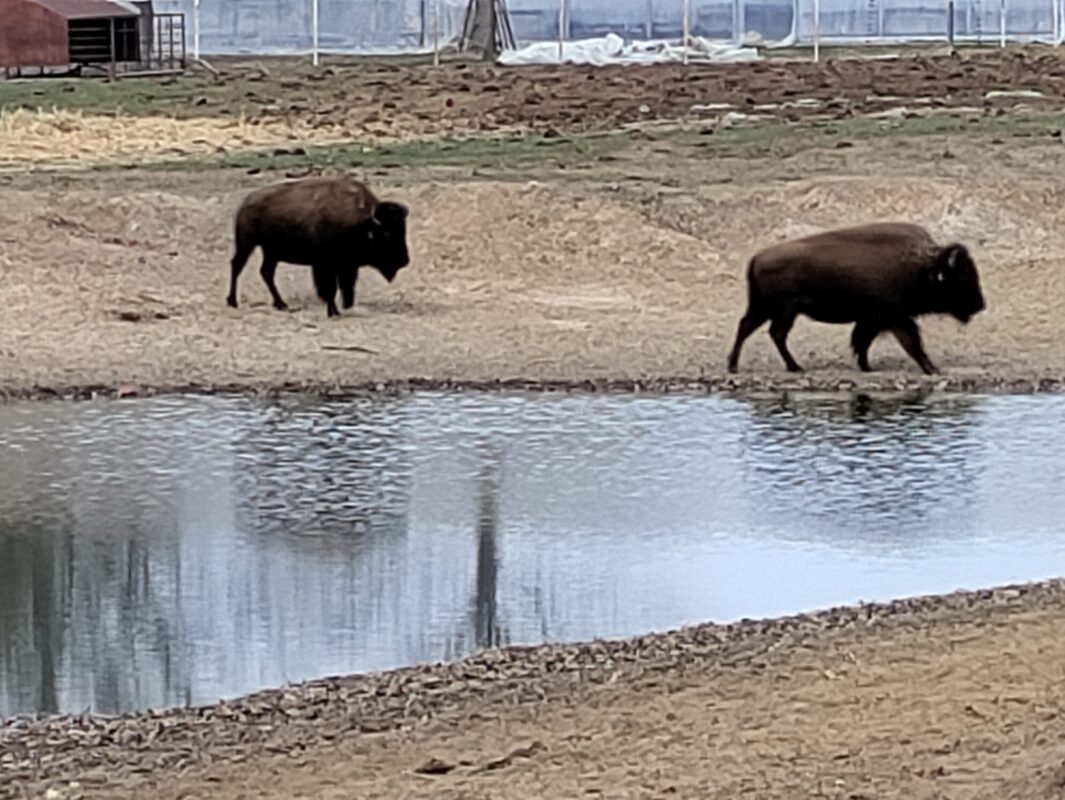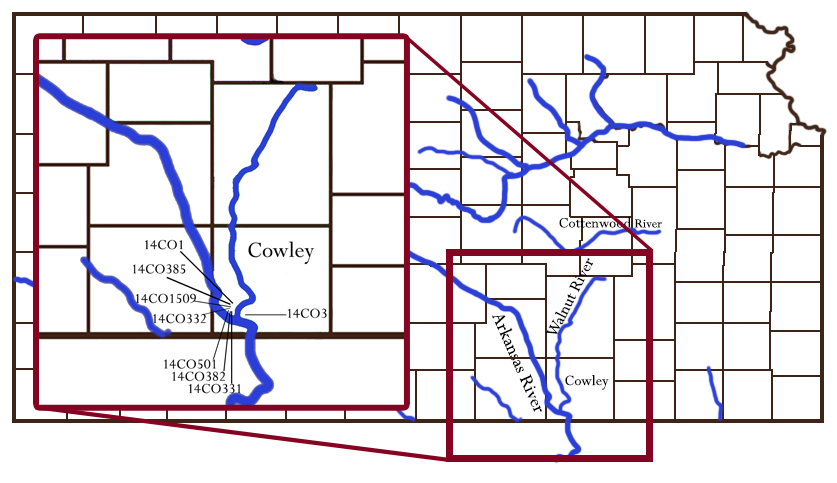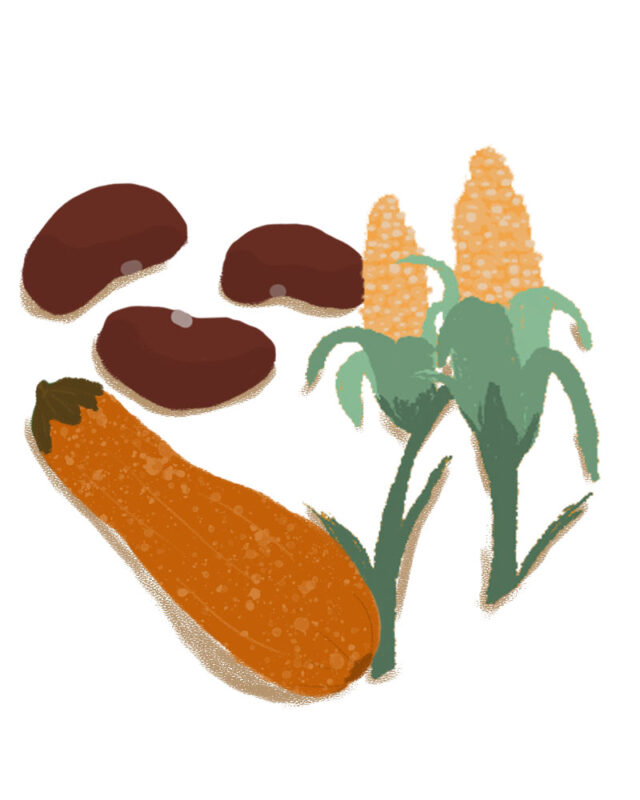The Inhabitants.

Home to hundreds of thousands of indigenous peoples were the plains of the U.S. prior to new world exploration. Family relationships, languages, and legends were the basis for grouping together.
Hunters, gathers, and nomadic groups were in search of bison, game, fruits, berries, and plants for medicines. Horses and metal tools were not generally found prior to 1500 AD.
Gaining possession of lands for hunting, fishing, plants, clean drinking water and springs were important natives. River access for trade goods was also important.
Indigenous groups settled in permanent dwellings with crops nearby. One of these known group’s traces to the Washita River culture of present-day Oklahoma. Portions of this group moved north into the Walnut Valley area near the confluence of the Arkansas and Walnut Rivers.
Archaeologists indicate these agricultural indigenous peoples were the ancestors of the Wichita Nation and lived in the area called the Great Settlement in Kansas.

As time moved forward, larger houses made of native grasses and poles became common. Vegetable gardens might have included corn, beans, squash, and pumpkins. Tools for working the crops made from stone and bone. Women and girls tended the crops while the men and boys hunted for both large and small game. Excess food was grown for times when shortages occurred, stored, and defended from other indigenous groups given their fixed settlement location.

Crops were harvested and dried. Crops were ground and stored in underground pits. Bread, soups, and side dishes were used made from harvested crops. Dried crops were exchanged and used as trade goods. Winter months brought bison hunts to the west. Bison were used for food, hides for winter clothing/blankets and fats for meals. All parts of the bison were used.
For more information on the history of the Wichita and Affiliated Tribes.
